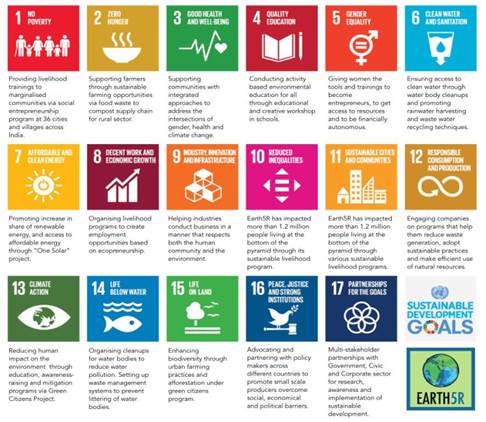Description

Copyright infringement not intended
In News
- As per the data released by the Sample Registration System (SRS), India has achieved a milestone in the deduction of child mortality rates, and will soon achieve the Sustainable Development Goals (SDG) targets by 2030.
- The Sample Registration System (SRS) Statistical Report, 2020 released by the Registrar General of India (RGI).
- The Registrar General of India was established in 1961 under the Ministry of Home Affairs, for conducting and analyzing the results of the demographic surveys of India including the Census of India and the Linguistic Survey of India.
Details
- The data highlighted a decline in the under 5 Child Mortality Rate (U5MR) from 35 per 1000 live births in 2019 to 32 per 1000 live births in 2020.
- U5MR for females are higher (33) than males (31).
- The highest decline of U5MR is observed in Uttar Pradesh (5 points) and Karnataka (5 points)
- Child mortality is the mortality of children under the age of 5 years. It is expressed in terms of per 1,000 live births. It includes neonatal mortality and infant mortality.
- A decline in Infant Mortality Rate (IMR) from 30 per 1000 live births in 2019 to 28 per 1000 live births in 2020.
- No gender difference has been observed in 2020 (Male -28, Female - 28).
- Infant mortality is the death of children before reaching the age of 1 year. This is measured by the infant mortality rate (IMR), which shows the deaths of children under one year of age per 1000 live births.
- A drop in Neonatal Mortality Rate from 22 per 1000 live births in 2019 to 20 per 1000 live births in 2020.
- Neonatal deaths (deaths among live births during the first 28 days of life). This is calculated based on the number of deaths during the first 28 days of life per 1000 live births.
- 6 States/ UT has already achieved the SDG target of NMR (12 or below by 2030).
- Kerala (4)
- Delhi (9)
- Tamil Nadu (9)
- Maharashtra (11)
- Jammu & Kashmir (12)
- Punjab (12)
- 11 States/UT has already attained the SDGs target of U5MR (25 or below by 2030).
- Kerala (8)
- Tamil Nadu (13)
- Delhi (14)
- Maharashtra (18)
- Jammu and Kashmir (17)
- Karnataka (21)
- Punjab (22)
- West Bengal (22)
- Telangana (23)
- Gujarat (24)
- Himachal Pradesh (24)
Related News
- The NITI Aayog and UNICEF India have signed a Statement of Intent (SoI) on the Sustainable Development Goals (SDGs) to focus on child development in India.
- The main objective is to achieve the child development priorities set under the Sustainable Development Goals (SDGs).
- The aim is to formulate a comprehensive measure to promote the overall development of children across health and nutrition, education, water and sanitation and household living standards.
- The partnership will draw up the strategies and action planning with a focus on the multi-dimensional aspects of child development like health, education, nutrition, protection, and other relevant areas.

17 targets under the Sustainable Development Goals (SDGs)
- End poverty in all its forms everywhere.
- End hunger, achieve food security and improved nutrition and promote sustainable agriculture.
- Ensure healthy lives and promote well-being for all at all stages.
- Ensure inclusive and equitable quality education and promote lifelong learning opportunities for all.
- Achieve gender equality and empower all women and girls.
- Ensure availability and sustainable management of water and sanitation for all.
- Ensure access to affordable, reliable, sustainable and modern energy for all.
- Promote sustained, inclusive and sustainable economic growth, full and productive employment and decent work for all.
- Built resilient infrastructure, promote inclusive and sustainable industrialization and fostered innovation.
- Reduce inequalities within and among countries.
- Make cities and human settlements inclusive, safe, resilient and sustainable.
- Ensure sustainable consumption and production pattern.
- Take urgent actions to combat climate change and its impact.
- Conserve and sustainably use the oceans, seas and marine resources.
- Protect, restore and promote sustainable use of terrestrial ecosystems, sustainably managed forests, combat desertification and halt and reverse land degradation and halt biodiversity loss.
- Promote peaceful and inclusive societies for sustainable development, provide access to justice for all and build effective, accountable and inclusive institutions at all levels.
- Strengthen the means of implementation and revitalize the global partnership for sustainable development.

Copyright infringement not intended
https://www.pib.gov.in/PressReleasePage.aspx?PRID=1861710
https://t.me/+hJqMV1O0se03Njk9














